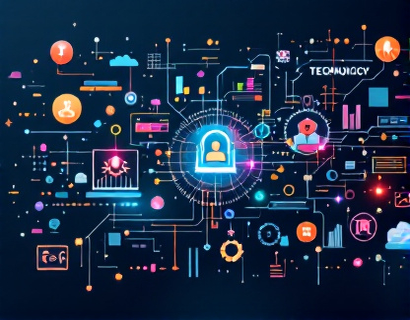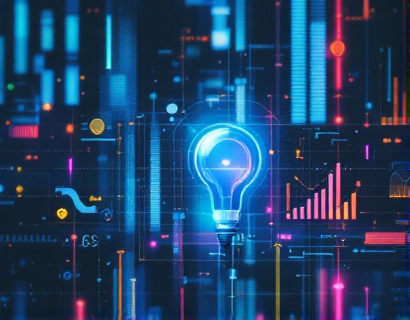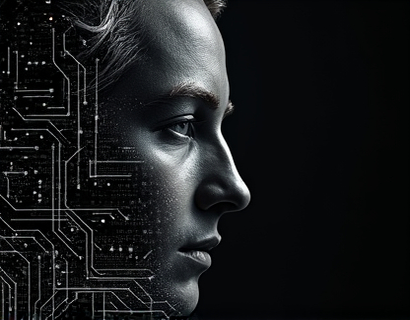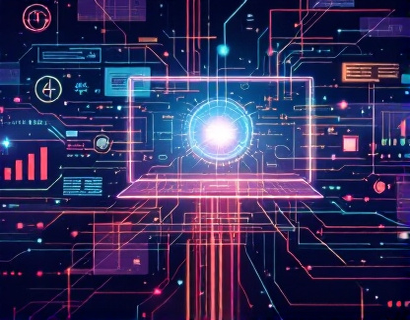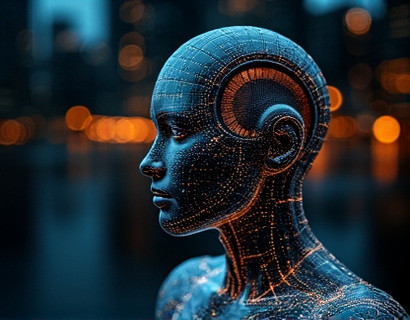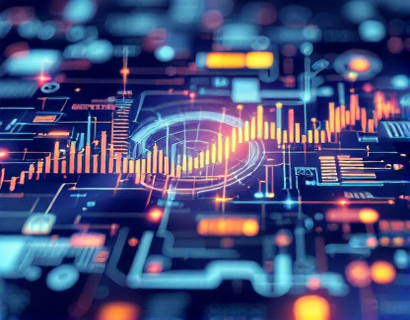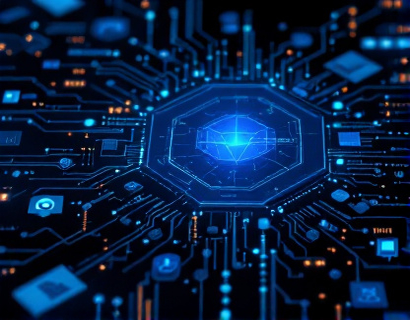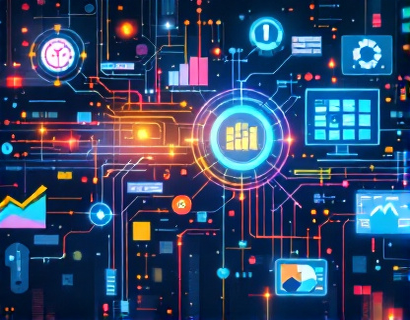Elevating Digital Experiences: The Synergy of Crypto and AI
The intersection of cryptocurrency and artificial intelligence (AI) is giving rise to a new era of digital innovation, transforming how we interact with technology and conduct business. This fusion is not just a technological curiosity but a powerful force reshaping industries and creating unprecedented opportunities. For tech leaders and early adopters, understanding and leveraging this synergy is crucial to staying competitive and relevant in the rapidly evolving blockchain landscape.
Understanding the Basics: Cryptocurrency and AI
Cryptocurrency, often seen as digital or virtual currency, operates on blockchain technology, a decentralized ledger that ensures transparency, security, and immutability. Blockchain's inherent characteristics make it an ideal foundation for various applications beyond currency, including smart contracts, supply chain management, and identity verification.
Artificial intelligence, on the other hand, involves the simulation of human intelligence processes by machines, particularly computer systems. These processes include learning (the acquisition of information and rules for using it), reasoning (using rules to reach approximate or definite conclusions), and self-correction. AI's capabilities span from simple data analysis to complex decision-making, making it a transformative force across sectors.
The Convergence: Crypto and AI
The convergence of cryptocurrency and AI is creating a synergy that amplifies the strengths of both technologies. Blockchain provides a secure, transparent, and decentralized framework, while AI brings intelligent, adaptive, and autonomous capabilities. Together, they are paving the way for next-generation solutions that enhance digital experiences and optimize business operations.
Enhanced Security and Trust
One of the most significant benefits of combining crypto and AI is the enhancement of security and trust. AI algorithms can analyze vast amounts of data to detect patterns and anomalies, improving fraud detection and cybersecurity measures on blockchain networks. Smart contracts, powered by AI, can automatically enforce and execute contractual obligations based on predefined conditions, reducing the need for intermediaries and minimizing human error.
For instance, AI-driven security protocols can monitor blockchain transactions in real-time, identifying and mitigating potential threats before they escalate. This proactive approach ensures that digital assets remain secure and trustworthy, fostering greater adoption and confidence in blockchain-based systems.
Optimized Operations and Efficiency
The integration of AI in blockchain operations leads to optimized processes and increased efficiency. AI can automate routine tasks, such as data entry and verification, freeing up resources for more strategic activities. Machine learning models can predict network congestion, optimize resource allocation, and enhance the scalability of blockchain platforms.
In supply chain management, AI can track and verify the authenticity and origin of products using blockchain, ensuring transparency and reducing counterfeit goods. This combination not only streamlines operations but also builds consumer trust by providing verifiable and tamper-proof information.
Innovative Financial Services
The financial sector is one of the most impacted areas where crypto and AI converge. Decentralized finance (DeFi) platforms leverage AI to offer sophisticated financial services, such as lending, borrowing, and trading, without traditional financial intermediaries. AI algorithms can analyze market trends, assess risks, and optimize investment strategies, providing users with personalized and efficient financial solutions.
Stablecoins, a type of cryptocurrency designed to maintain a stable value, can be managed more effectively with AI. These algorithms can adjust supply and demand dynamics, ensuring price stability and reducing volatility. This stability is crucial for widespread adoption and integration into everyday financial transactions.
Personalized User Experiences
AI's ability to process and analyze large datasets makes it an invaluable tool for creating personalized user experiences. In the context of blockchain and crypto, AI can tailor recommendations, services, and interfaces based on individual user preferences and behaviors. This personalization enhances user engagement and satisfaction, driving higher adoption rates and loyalty.
For example, a crypto exchange can use AI to analyze a user's trading history and preferences to suggest optimal trading strategies, recommended assets, and timely alerts. This level of customization not only improves the user experience but also increases the platform's utility and value.
Challenges and Considerations
While the potential of combining crypto and AI is immense, there are challenges and considerations that must be addressed. Regulatory compliance remains a significant hurdle, as both technologies operate in a relatively uncharted legal landscape. Ensuring that AI-driven blockchain applications adhere to local and international regulations is essential to avoid legal repercussions and maintain user trust.
Another challenge is the technical complexity involved in integrating AI with blockchain systems. Developers need to possess a deep understanding of both technologies to create robust and efficient solutions. Additionally, the computational resources required for AI algorithms can be substantial, necessitating scalable and cost-effective infrastructure.
Future Prospects
The future of crypto and AI is bright, with numerous emerging trends and innovations on the horizon. One such trend is the development of AI-powered decentralized autonomous organizations (DAOs), which combine the decentralized nature of blockchain with AI-driven decision-making. These DAOs can operate autonomously, making strategic decisions based on data analysis and community input, potentially revolutionizing governance and management structures.
Another exciting area is the integration of AI with non-fungible tokens (NFTs), creating smart NFTs that can adapt and evolve based on user interactions and market conditions. This dynamic approach can open new avenues for digital art, collectibles, and virtual assets, offering creators and collectors unprecedented opportunities.
Conclusion
The fusion of cryptocurrency and AI is not just a technological trend but a transformative force reshaping the digital landscape. By enhancing security, optimizing operations, offering innovative financial services, and personalizing user experiences, this synergy is setting the stage for a new era of digital solutions. For tech leaders and early adopters, embracing this convergence is essential to stay ahead and capitalize on the endless possibilities it presents.



